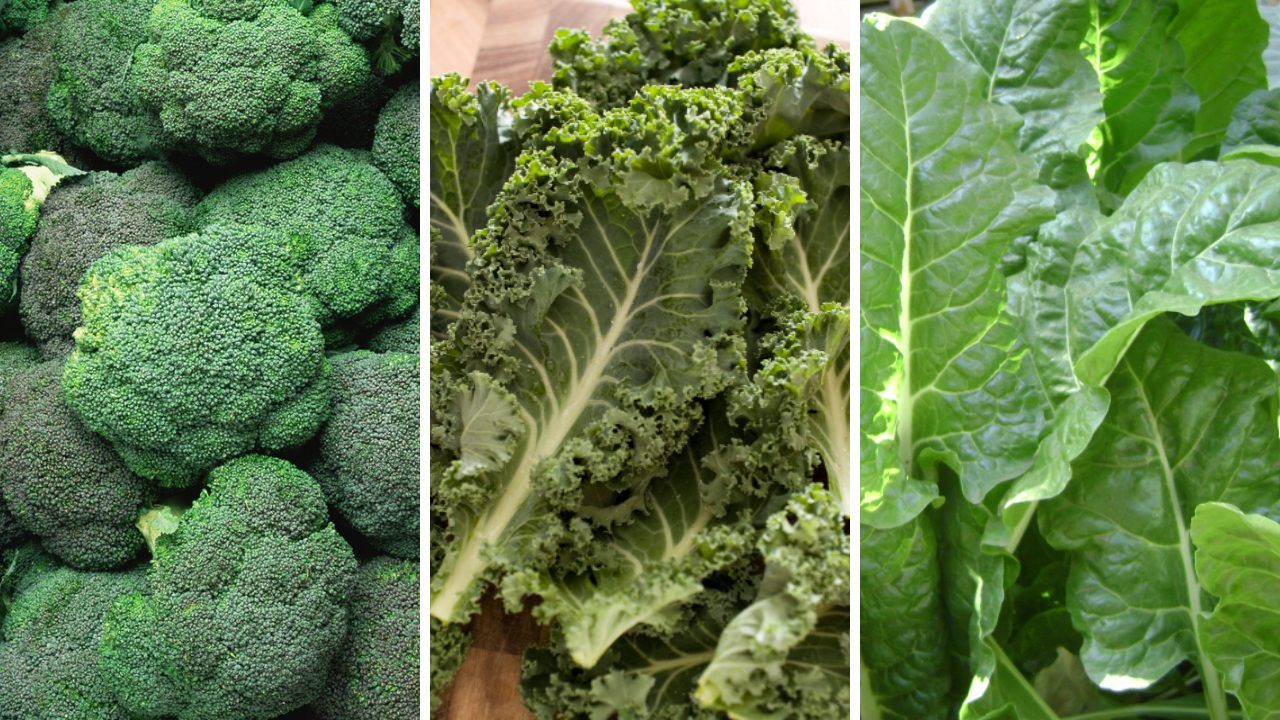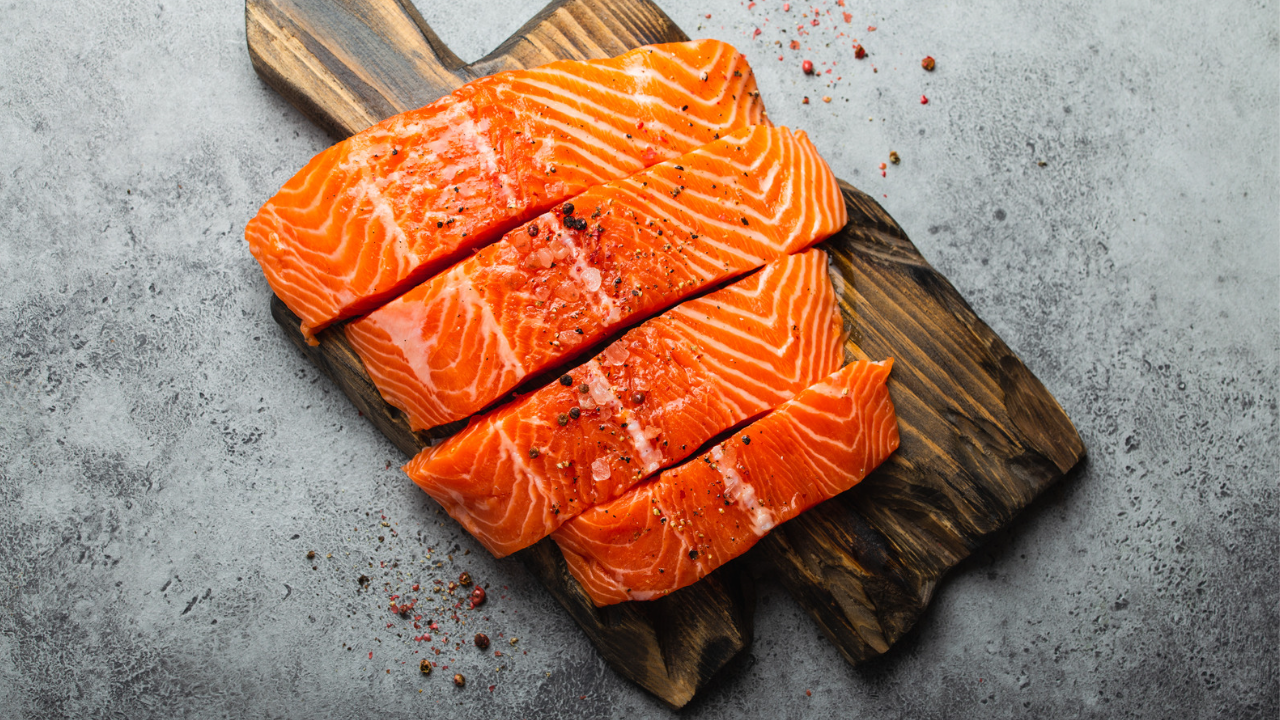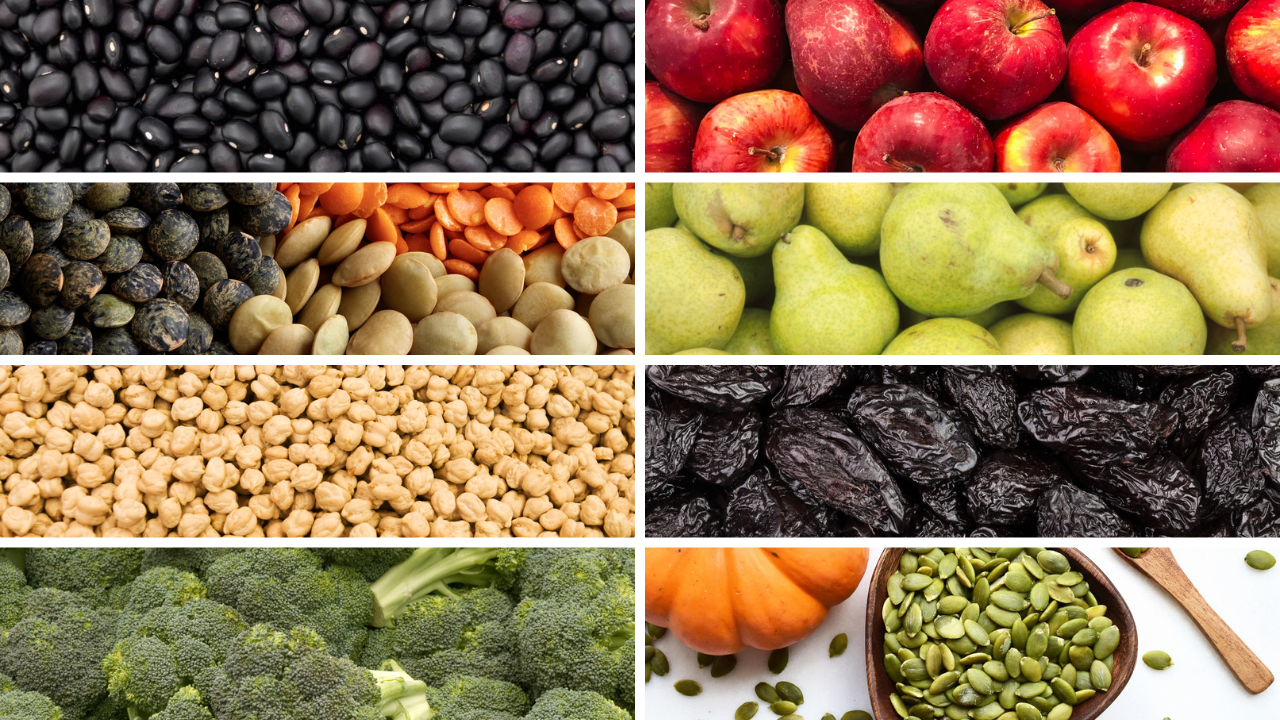This article will look at the top five foods to lower your blood pressure naturally .

Leafy greens: Leafy greens like spinach and kale are rich in potassium, a mineral that helps to counteract the effects of sodium in the diet. Sodium can cause blood vessels to constrict and raise blood pressure, while potassium helps to relax blood vessels and promote healthy blood flow. Think of potassium as a key that unlocks blood vessels and allows blood to flow more freely.
Berries: Berries like blueberries and strawberries are high in flavonoids, which are natural compounds that have been shown to help lower blood pressure. Flavonoids work by improving the health of blood vessels, making them more flexible and less likely to become stiff or narrow. You can think of flavonoids as little protectors that help keep blood vessels healthy and functioning properly.

Oily fish: Oily fish like salmon and mackerel are high in omega-3 fatty acids, which are beneficial fats that can help to reduce inflammation in the body. Inflammation can damage blood vessels and increase the risk of high blood pressure, so by reducing inflammation, omega-3s may help to keep blood pressure in check. Think of omega-3s as firefighters that help to put out the flames of inflammation in the body.

Whole grains: Whole grains like brown rice are high in fiber. Beans, lentils and flaxseeds are also high in fiber. These are nutrient that can help to lower blood pressure in a few different ways. First, fiber can help to reduce the absorption of cholesterol and other harmful substances in the gut, which can help to prevent the buildup of plaque in the arteries. Second, fiber can help to regulate blood sugar levels, which can help to reduce the risk of insulin resistance and high blood pressure. Finally, fiber can help to promote a feeling of fullness, which can help to prevent overeating and weight gain, both of which can contribute to high blood pressure. Think of fiber as a broom that sweeps away harmful substances in the gut and helps to keep blood vessels clean.
Beets: Beets are high in nitrates, which are compounds that can help to widen blood vessels and improve blood flow. When we eat beets, the nitrates are converted to nitric oxide in the body, which helps to relax blood vessels and reduce blood pressure. Think of nitric oxide as a traffic cop that directs blood flow and helps to keep it moving smoothly through the body. I hope these metaphors help to clarify how each of these foods may help to reduce blood pressure!
Along with a healthy diet, regular physical activity and exercise play a crucial role in managing blood pressure. Engaging in regular exercise has been shown to have numerous health benefits, including helping to lower blood pressure levels. Exercise helps improve cardiovascular fitness, strengthen the heart, and blood vessels, reduce stress, and promote overall well-being. It can also aid in weight management, another important factor in blood pressure control. Incorporating both aerobic exercises (such as brisk walking, jogging, cycling, or swimming) and strength training exercises (such as weight lifting or bodyweight exercises) into your routine can be beneficial for managing blood pressure.
And if you’re interested in checking the YT video click right here.






